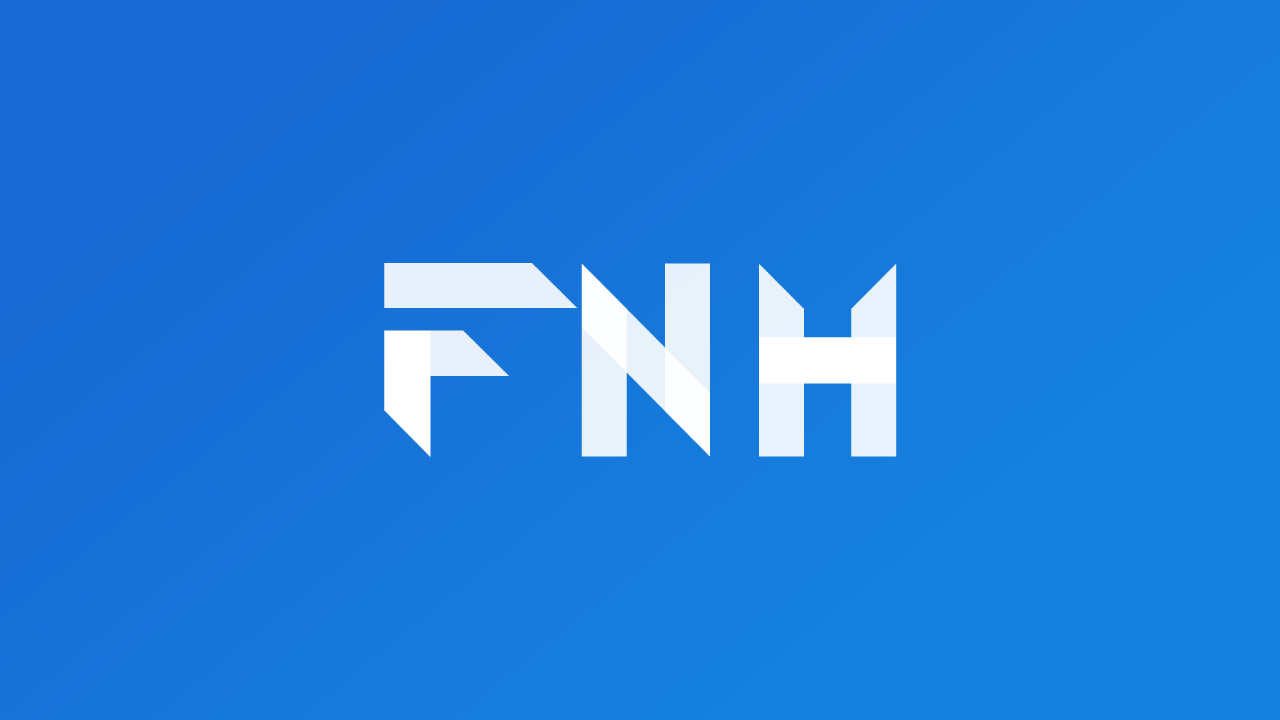Fluent UI for Flutter: A Comprehensive Guide to Designing Beautiful Native Windows Apps
Published on by Flutter News Hub

Flutter, the popular cross-platform UI framework, has gained immense traction in the development community. It allows developers to create natively compiled applications for various platforms, including Windows. To enhance the development experience for Windows applications, the Fluent UI package provides a comprehensive set of widgets that adhere to Microsoft's Fluent Design System.
Installation
To incorporate Fluent UI into your Flutter project, add the following dependency to your pubspec.yaml file:
dependencies: fluent_ui: ^4.4.0
Once you've added the dependency, run flutter pub get to download the package.
Getting Started
To utilize Fluent UI widgets, you first need to wrap your application with the FluentTheme widget. This widget provides a consistent design theme throughout your app by specifying various properties, such as the accent color:
import 'package:fluent_ui/fluent_ui.dart';
void main() {
runApp(MyApp());
}
class MyApp extends StatelessWidget {
@override
Widget build(BuildContext context) {
return FluentTheme(
// Accent color can be customized to reflect your brand
accentColor: Colors.blue,
data: ThemeData(),
child: MyHomePage(),
);
}
}Accent Color Customization
By default, Fluent UI uses Colors.blue as the accent color. However, you can customize it to match your brand identity. In the example above, the accent color is set to blue. You can replace it with any desired color using the accentColor property:
FluentTheme( accentColor: Colors.green, ... )
Localization
Fluent UI comes with out-of-the-box support for a wide range of languages. If your desired language is not supported, you can add support by following these steps:
- Fork the Fluent UI repository on GitHub.
- Copy the lib/l10n/intl_en.arb file to lib/l10n with a new language code.
- Update the contents of the newly created file, especially the @locale value.
- Run flutter gen-l10n to generate localized strings.
- Create a pull request to merge your changes into the main repository.
Example Usage
The following code snippet demonstrates how to use a simple Button widget from Fluent UI:
import 'package:flutter/material.dart';
import 'package:fluent_ui/fluent_ui.dart';
class MyHomePage extends StatelessWidget {
@override
Widget build(BuildContext context) {
return Scaffold(
body: Center(
child: Button(
child: Text('Click Me'),
onPressed: () {
// Handle button click
},
),
),
);
}
}Additional Resources
Conclusion
Fluent UI for Flutter provides an easy and comprehensive way to create beautiful, native Windows applications. By leveraging its extensive library of widgets, you can adhere to Microsoft's design guidelines and deliver a consistent user experience.